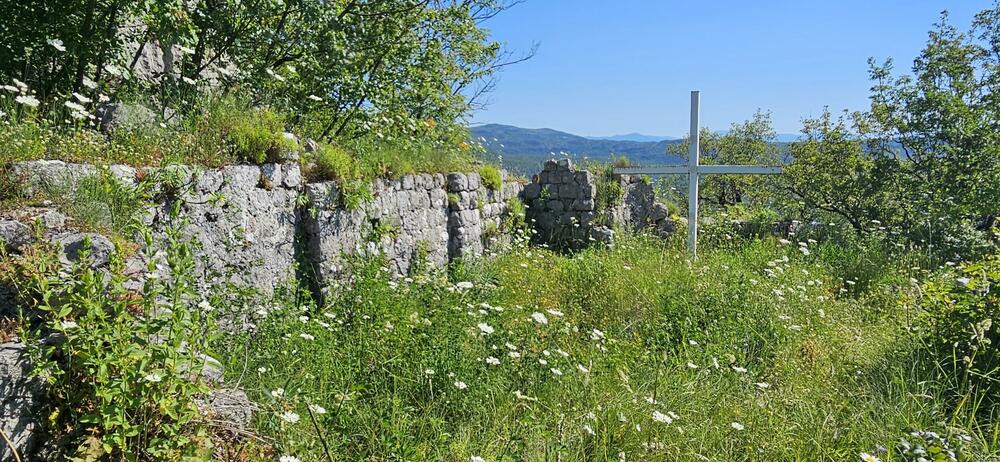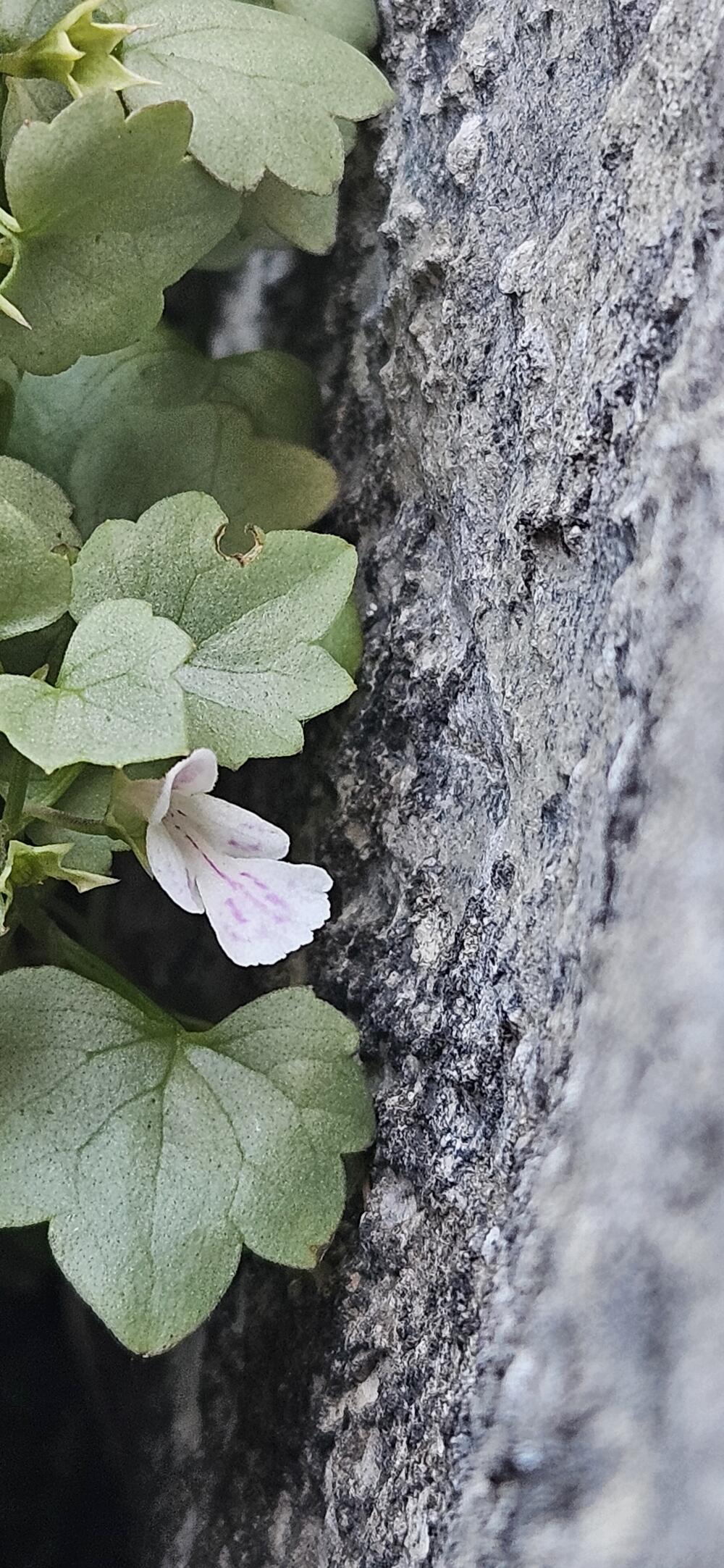A new plant species, Petrolamium crnojevicii, has been discovered in Cetinje, growing in a very limited area in the village of Štitari near the remains of Soko Grad. The discovery was made by Montenegrin scientists, and a process for the preventive protection of this botanical sensation has been initiated. The plant belongs to the Lamiaceae family and has its closest relative species in the Himalayas, indicating a unique evolutionary story. The mayor of Cetinje and the scientists agreed on cooperation to protect the plant and its habitat. Plans include developing a protection study and creating educational and tourist routes that combine natural and cultural heritage. The discovery has sparked great public and local interest, and the plant is already popular as a symbol and used in event branding. Protecting the area and educating younger generations are seen as key to preserving this natural treasure.
Political Perspectives:
Left: Left-leaning sources emphasize the scientific and environmental significance of the discovery, highlighting the importance of biodiversity, conservation efforts, and the role of local communities in protecting natural heritage. They focus on the collaborative efforts between scientists and local authorities to ensure sustainable protection and education.
Center: Center-leaning sources report the discovery in a factual and balanced manner, focusing on the botanical uniqueness of the plant, the steps taken for its protection, and the potential for developing eco-tourism and educational routes. They highlight the cooperation between scientific institutions and local government without strong political framing.
Right: Right-leaning sources may emphasize the cultural and historical significance of the area, linking the discovery to national pride and heritage. They might focus on the potential economic benefits from tourism and local development, stressing the importance of protecting national treasures while promoting regional identity.















